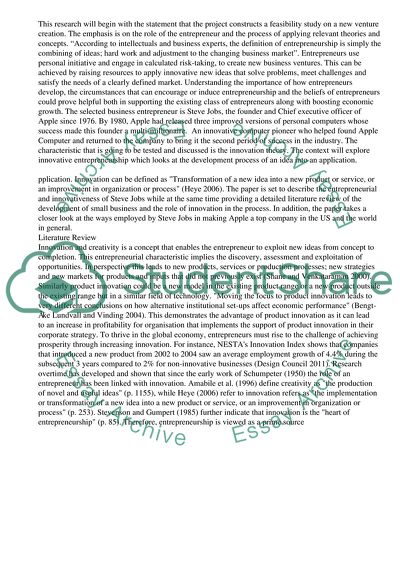Cite this document
(“Entrepreneurship and Small Business Development Essay - 1”, n.d.)
Retrieved from https://studentshare.org/business/1464992-entrepreneurship-small-business-development
Retrieved from https://studentshare.org/business/1464992-entrepreneurship-small-business-development
(Entrepreneurship and Small Business Development Essay - 1)
https://studentshare.org/business/1464992-entrepreneurship-small-business-development.
https://studentshare.org/business/1464992-entrepreneurship-small-business-development.
“Entrepreneurship and Small Business Development Essay - 1”, n.d. https://studentshare.org/business/1464992-entrepreneurship-small-business-development.


